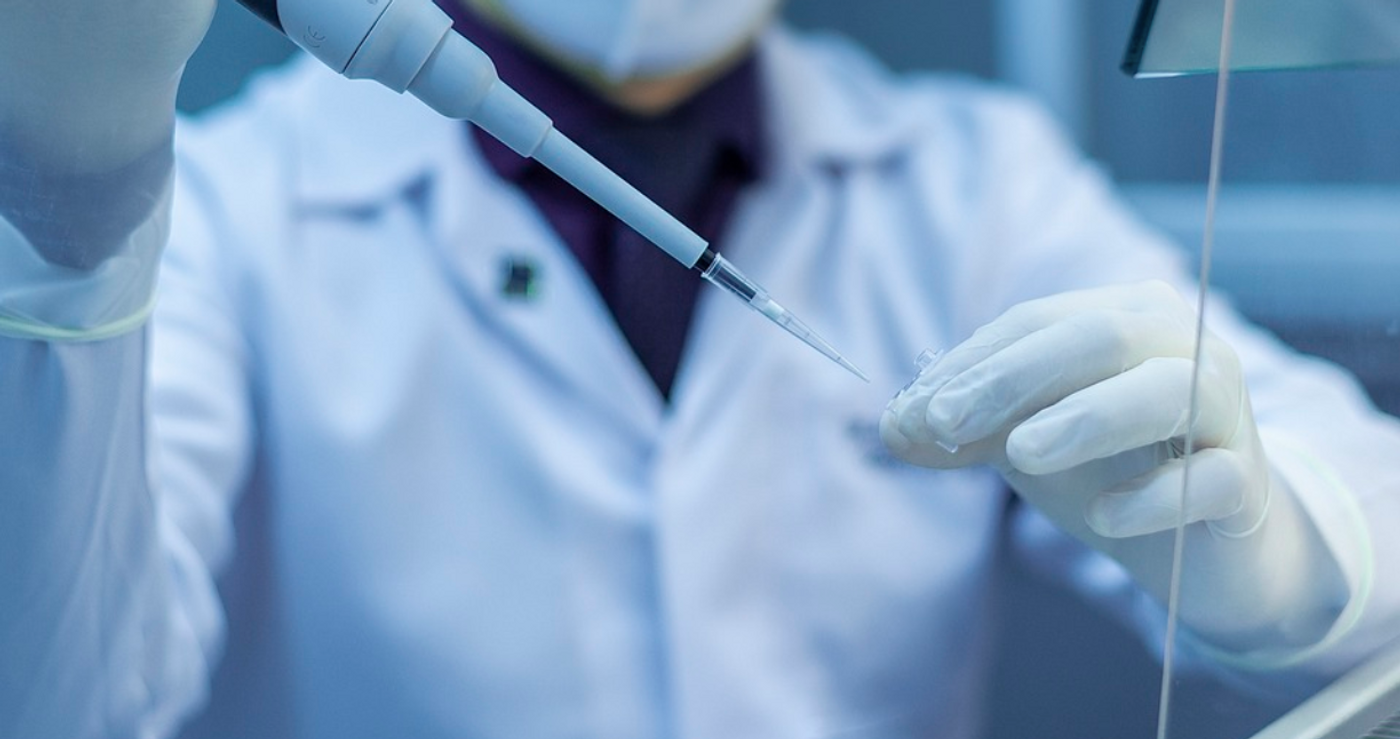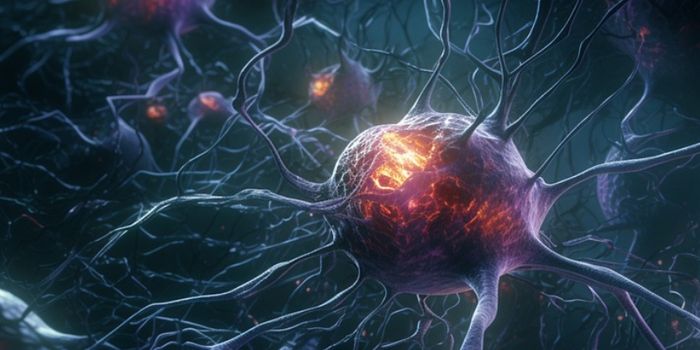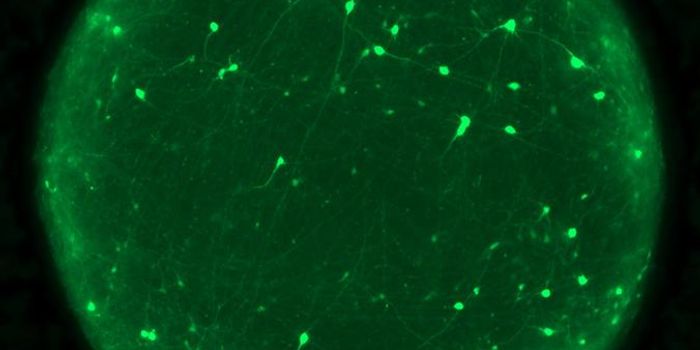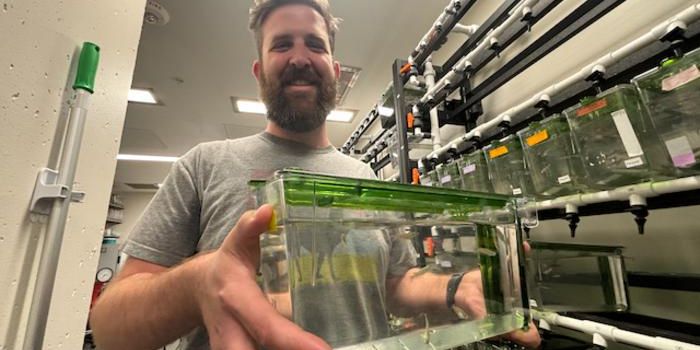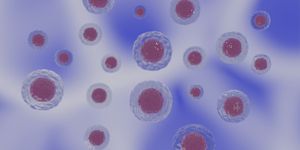A Way to Slow the Progression of Muscular Dystrophy is Found
There are many kinds of muscular dystrophies, which are caused by genetic mutations. These diseases reduce mobility, and complicate everyday tasks. Various types of muscular dystrophies can affect specific muscle groups, and lead to symptoms of different severities that arise at different ages. Scientists have now found that a signaling protein called TAK1 (TGF-β–activated kinase 1) could slow down the progression of some types of muscular dystrophy and could improve the function of muscles in Duchenne muscular dystrophy (DMD). The findings have been reported in JCI Insight.
DMD is caused by mutations in a gene called dystrophin, and affects about one in every 3,600 male births. Many DMD patients die by their early thirties because of severe muscle wasting, which impacts movements at first and eventually impairs their ability to breathe.
In DMD, a loss of the dystrophin protein (encoded by the dystrophin gene) causes muscle cells to die, leading to an inflammatory response in which muscle fibers are replaced by fatty, scarred tissue. This is why muscles become so weak.
Previous work by this team used a mouse model to show that TAK1 is required for the maintenance of healthy skeletal muscle mass. When TAK1 is abnormally activated, skeletal muscle growth is enhanced. TAK1 is also a necessary contributor to the integrity of neuromuscular junctions, where nerve cells meet up with muscle cells to control movement.
The investigators have determined that TAK1 is involved in the regulation of skeletal muscle mass, and that it is possible to stop muscle cells from dying off in DMD by targeting TAK1, suggested senior study author Ashok Kumar, a Professor and Chair of the Department of Pharmacological and Pharmaceutical Sciences at the University of Houston College of Pharmacy.
“Our research shows that activating TAK1 can stimulate myofiber growth in a model of DMD, with no negative impact on muscle health,” noted Kumar.
In this study, the researchers manipulated the levels of TAK1 protein in skeletal muscle cells at various stages of disease. When TAK1 was lost during the time at which the most muscle cells were dying off, and then TAK1 was reintroduced to the cells following that phase, there was a significant improvement of disease symptoms, noted first study author Anirban Roy, a research assistant professor.
Right now, DMD treatment primarily aims to use corticosteroids to reduce inflammation. This approach can modestly reduce the progression of disease progression, while unfortunately also causing serious side effects. This study and others are aiming to elucidate the mechanisms behind muscular dystrophies to improve those treatment approaches, however.
“Accumulating evidence suggests that regulation of immune response, autophagy, and metabolism along with gene correction therapy can be promising approaches to slow down disease progression in DMD patients,” said Roy.
Sources: University of Houston, JCI Insight
-
APR 30, 2024Immuno-Oncology Virtual Event Series 2024
-
MAY 07, 20243rd International Biosecurity Virtual Symposium
-
JUN 06, 2024The Future of Scientific Conferencing
- See More
